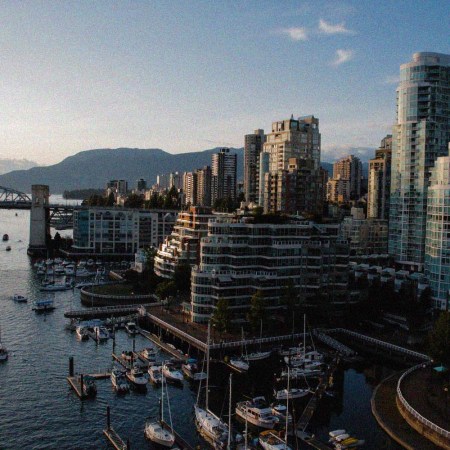Rush hour. Fridays before long weekends. The apocalypse.
One of the downfalls of city living is trying to escape it — because all too often, everyone’s trying to do it at the same damn time.
To compare the relative “escapability” of major U.S. cities, The Washington Post just published a series of infographics showing how far out of city limits you can drive in an hour. The information was gathered by Here Technologies using “billions of anonymous measurements from cell phones and vehicle sensors,” and also details how time-of-day affects your escape plan (leaving at 10 p.m. will get your farther than leaving at rush hour, e.g.).
Whether for reasons of apocalypse planning or just getting out of Dodge this weekend, the data offers some very interesting takeaways:
1. New Yorkers are screwed in an apocalypse scenario
You won’t get far from downtown Manhattan in an hour regardless of whether you’re departing at 4 p.m., 7 p.m. or 10 p.m. Boston and Miami suffer similar problems, but aren’t nearly as bad as the Big Apple. Leaving later from Boston will get you an extra 20 miles (as far as Rhode Island); in NYC, you’ll still be in the city limits.
2. When planning weekend getaways, head in the opposite direction of everyone else
If you’re in Atlanta, for example, the majority of the traffic heads north during rush hour — go south, and you’ll have a way quicker trip. In Dallas, you may want to head north … though you won’t find much up there. In Portland, south or west is the way to go.
3. Surrounding geography plays a big role in congestion
Dallas is a major metropolitan city, but because it’s surrounded by huge swaths of undeveloped land, it’s easier to leave. Compare it to Los Angeles, which has the ocean to the west and mountains to the north, meaning drivers have a limited number of places disperse. Same with Miami, which has the ocean to the east and the Everglades to the west.
4. Zoning laws and less segregation make it easier to commute in newer, sprawling cities
Cities that have boomed in the last half century — like Nashville, Denver, Austin, Phoenix and Dallas — all have newer roads leading to newer suburbs that support commuting by car, as well as better live-work options in their downtowns. In other words, these were cities designed to support suburban commuters, rather than cities that had to retroactively adapt to accommodate them. Cities with more radically segregated work and living areas (New York, Boston, San Francisco) makes for far more traffic.
5. Cities with nontraditional shift changes have less traffic
Las Vegas has a high population of people who work weird hours, and thus don’t hit the road at rush hour. These folks can live farther away from the city (presumably in larger, cheaper homes) without the exhaustive commute, which may help explain why Vegas’s population has been booming for more than a decade.
This article was featured in the InsideHook newsletter. Sign up now.





















